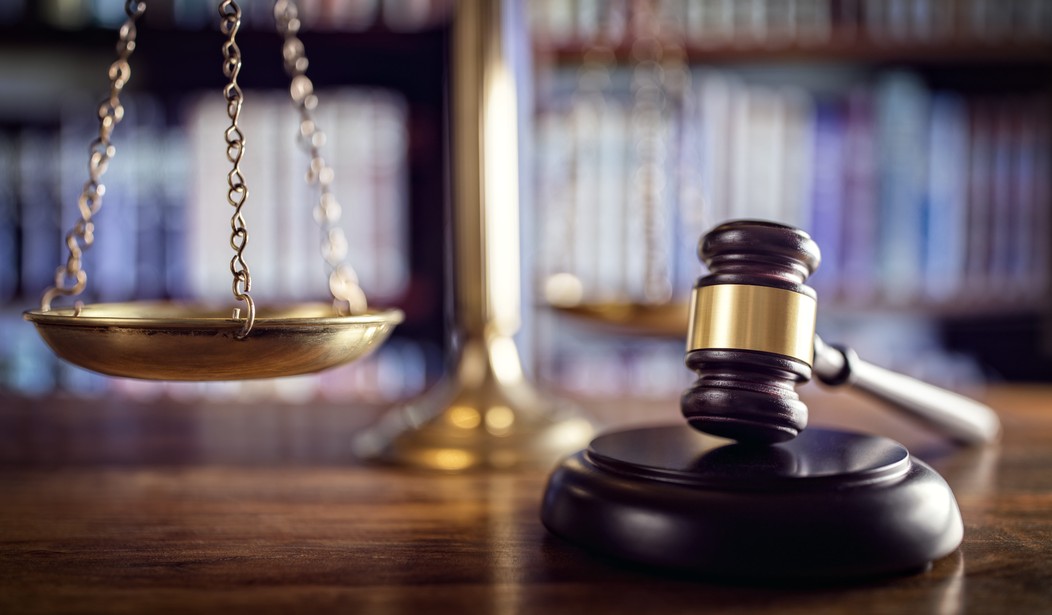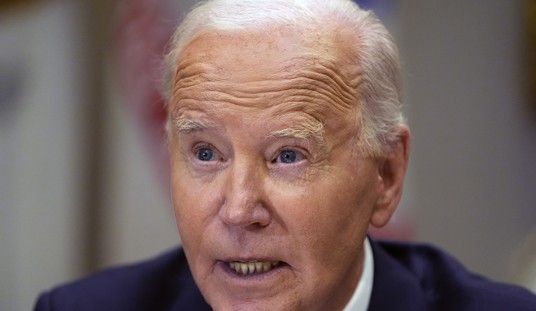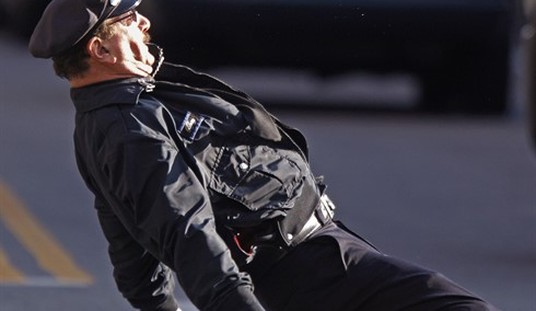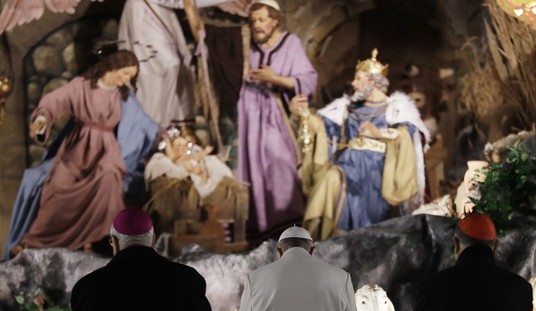Graffiti art is considered a valid art. I’ll be honest, I’m intrigued by the style myself. The skill and artistry, to say nothing of the logistics of some graffiti works, is mindboggling. I can truly appreciate the work involved.
However, due to its nature, graffiti art is very transitory. After all, what you paint on a wall today may well be painted over tomorrow.
That transitory nature didn’t stop a judge in New York from awarding $6.7 million to some graffiti artists after dozens of the paintings were lost. The owner destroyed the warehouses that hosted them in order to build condos.
U.S. District Judge Frederic Block argued that 45 of the 49 paintings lost were legitimate and recognized works of art that were “wrongfully and willfully destroyed” by the building’s owner.
Twenty-one aerosol artists had sued the owner of a Long Island City site known as 5Pointz under the Visual Rights Act, a 1990 federal law that protects artists’ rights even if someone else owns the physical artwork. Their graffiti was painted over in 2013, and the buildings were torn down a year later.
Before they vanished, the graffiti artworks became a tourist attraction, drawing thousands of spectators daily and forming a backdrop to the 2013 movie “Now You See Me,” and a site for an Usher tour, the judge noted.
Be that as it may, the real problem here is that the owner still has property rights.
That means he’s free to destroy dilapidated buildings in order to make way for new construction regardless of what was painted on the walls.
Not only that, but graffiti art is vandalism. It’s a work of art, yes, but it’s a work that defaces someone else’s property. Yet this ruling indicates that the moment a third party puts paint to a wall, the property owner has no say.
What if another artist adds his own work on the same wall? Does that artist get sued for painting over a work of art? Is this a slope we really want to go down?
If that’s the case, the judge has empowered anyone who wants to stop a project to simply create “art” on a wall, regardless of the wishes of the owner.
Then there’s the economic impact. Imagine you’re a business owner looking to buy property in a city with laws like this. You see a row of run-down warehouses, but you see beyond what’s there. Millions of dollars in construction jobs to create new condos. More money coming into the neighborhood as wealthy residents arrive. A massive economic boon.
But then you see the graffiti, and remember this case. So you decide to take your money elsewhere. Throughout New York, vacant, graffiti-covered buildings will remain vacant, simply because no one wants to take the risk of being sued for painting their own property.









Join the conversation as a VIP Member